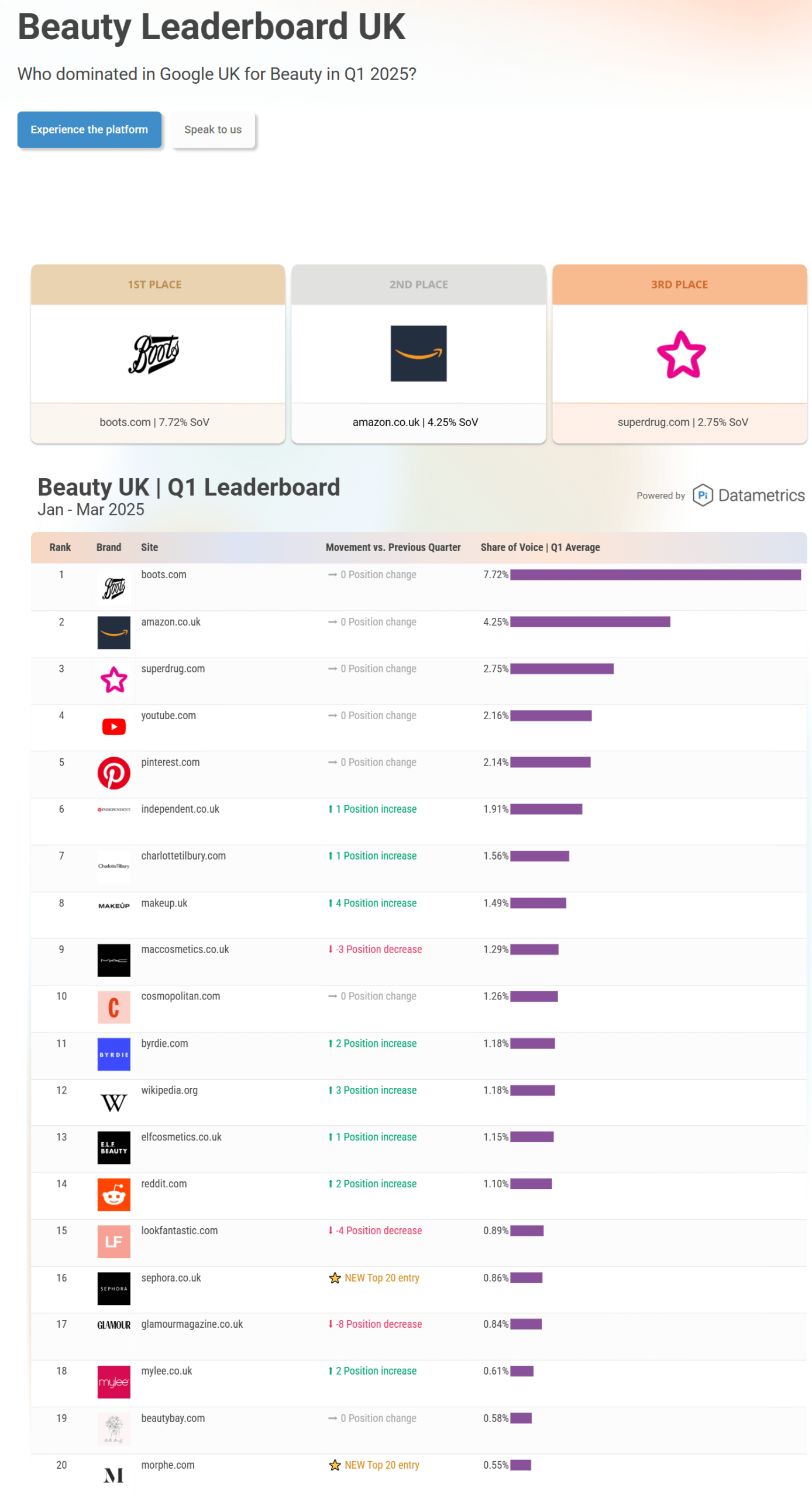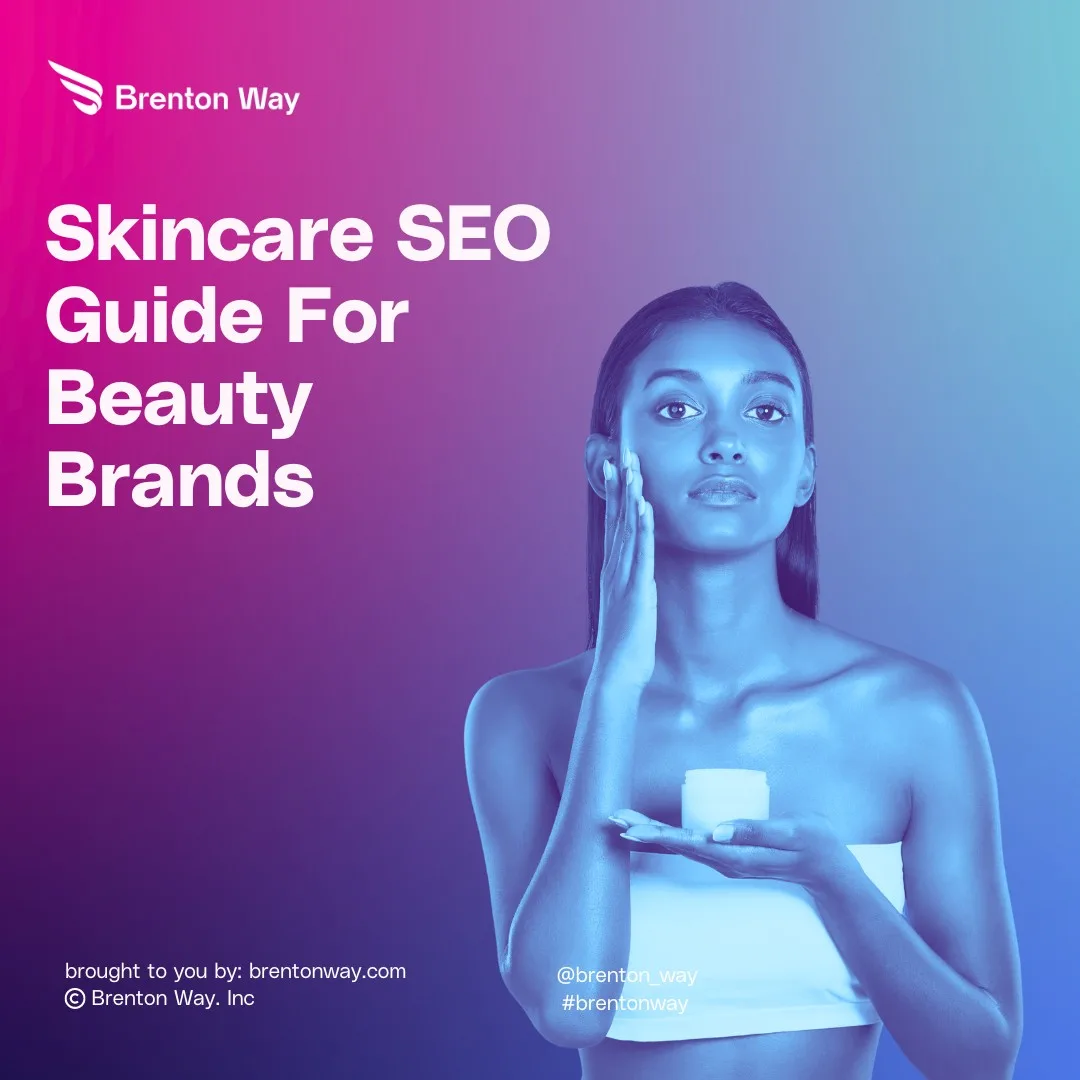Technical SEO Essentials for Beauty Industry Websites
Technical SEO is the backbone of any successful beauty industry website, ensuring that search engines can crawl, index, and rank your content effectively. Given the visual and competitive nature of the beauty sector, technical optimization is especially critical for both user experience and search performance.
Core Technical SEO Elements
Site Speed and Performance
- Image Optimization: Beauty sites are image-heavy. Compress images, use modern formats like WebP, and implement lazy loading to reduce load times.
- Minimize HTTP Requests: Reduce the number of elements (scripts, stylesheets, images) that must be loaded for each page.
- Browser Caching and CDN: Use browser caching and a content delivery network (CDN) to speed up content delivery globally.
- Core Web Vitals: Monitor and optimize for Google’s Core Web Vitals (LCP, FID, CLS) using tools like PageSpeed Insights and Lighthouse.
- AMP: Consider Accelerated Mobile Pages (AMP) for faster mobile loading, especially for content-heavy sections.
Mobile Optimization
- Responsive Design: Ensure your site adapts seamlessly to all screen sizes, as over 60–70% of beauty searches occur on mobile devices.
- Mobile-Friendly Test: Regularly check your site with Google’s Mobile-Friendly Test to identify and fix usability issues.
- Touch Elements: Buttons and links should be easy to tap, with adequate spacing for touchscreens.
- Checkout Optimization: Streamline the mobile checkout process to reduce cart abandonment.
Site Architecture and Crawlability
- Logical Structure: Organize your site with clear, intuitive categories that mirror user intent and make navigation easy for both users and search engines.
- XML Sitemap: Maintain an up-to-date XML sitemap to help search engines discover all important pages.
- Robots.txt: Ensure critical pages are not accidentally blocked from crawling.
- Internal Linking: Use internal links to distribute page authority and guide users (and bots) through your site.
Security
- HTTPS: Secure your site with HTTPS to protect user data and meet Google’s ranking requirements.
- Regular Audits: Conduct comprehensive website audits to identify and fix technical issues.
Structured Data and Rich Results
- Schema Markup: Implement schema.org markup (Product, Review, FAQPage) to enhance search listings with rich snippets, star ratings, prices, and availability.
- FAQ Schema: Use FAQ schema to have answers appear directly in search results, increasing visibility and click-through rates.
Additional Technical Considerations
- Indexability: Use Google Search Console to monitor indexing status and fix any crawl errors.
- Broken Links: Regularly check for and fix broken links to maintain a healthy site.
- Content Delivery: Ensure all critical content is accessible without JavaScript, as search engines may not render JS-heavy pages effectively.
- Local SEO: For brick-and-mortar beauty businesses, optimize for local search with accurate NAP (Name, Address, Phone) information and Google My Business listings.
Summary Table: Key Technical SEO Actions
| Area | Action Items |
|---|---|
| Site Speed | Compress images, lazy load, use CDN, optimize Core Web Vitals |
| Mobile Optimization | Responsive design, mobile-friendly test, optimize checkout |
| Site Architecture | Clear categories, XML sitemap, internal linking, fix broken links |
| Security | HTTPS, regular security audits |
| Structured Data | Product, Review, FAQ schema markup |
| Crawlability | Monitor with Search Console, ensure robots.txt is correct |
Conclusion
Technical SEO is not optional for beauty industry websites—it’s foundational. A fast, secure, mobile-friendly, and well-structured site with proper schema markup will not only rank better but also convert more visitors into customers. Regular audits and staying updated with Google’s algorithm changes are essential to maintain and improve your technical SEO health over time.




